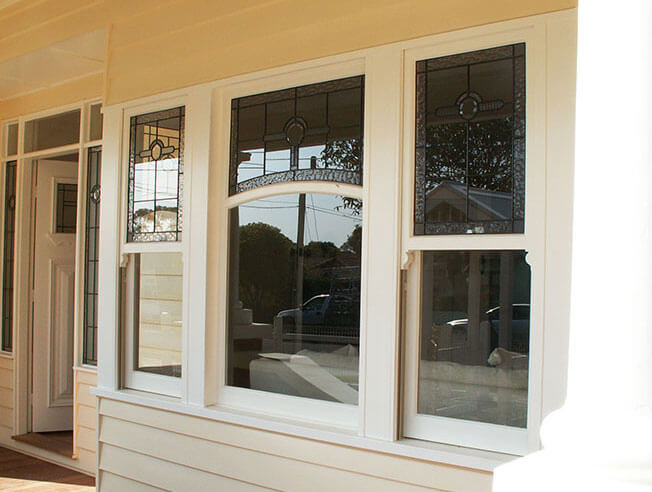All Categories
Featured
Table of Contents
Diy Double Glaze in Seville Grove Perth
That window can transfer more solar heat in winter than in summer season. A west-facing window on a summertime's afternoon has an angle of incidence from near 0 as much as 30 with a large reliable location of solar radiation. A north-facing window, in summer, has a high angle of incidence and a low reliable location of solar radiation, so can transmit less heat than a west-facing one.

You can quickly and quickly enhance the thermal performance of your home by replacing your windows. This is one of the most efficient techniques of remodelling to accomplish enhanced thermal convenience. There are thousands of types of glass and frames to pick from. Picking the right ones is essential to improving the energy efficiency of your house.
What Is The Best Glazing For My Home? - Part 2 in Kingsley Western Australia
Single glazing with clear glass is not really effective when it comes to heat loss or gain. To enhance performance, you can utilize single glazing with a more energy-efficient type of glass such as low emissivity (low-e) glass.
The energy performance of IGUs likewise depends on: the properties of each layer of glass. Different glass types (for example, clear and low-e glass) can be put together in an IGU.
Does Double Glazing Keep Heat Out in High Wycombe Perth

IGU cavities can be filled with air or a more inert, low-conductivity gas such as argon the width of the cavity. Cavity thickness is normally 6 to 18mm. Larger cavities offer lower (better) U values, with 12mm normally accepted as the favored gap how well the cavity is sealed. Cavities should be dry and well sealed to prevent wetness getting in.
If argon is installed to the cavity in location of air, wetness is dependably omitted the level of desiccant (drying representative). The spacer (metal or polymer strip) that separates the glass layers consists of a desiccant to take in any moisture. Insufficient desiccant might cause wetness to condense on the glass surface area in cold conditions, decreasing thermal efficiency.
Best Way To Block Sun Heat From Windows [Professionally] in Quinns Rocks Perth
In fact, IGUs can deliver better energy performance for all environments, especially in heated and air-conditioned houses. Cross-section information of single, double and triple-glazing units Low emissivity glass (frequently called low-e glass) lowers heat transfer. Low-e glass might be either high or low transmission: High transmission low-e glass has a finish that allows daylight from the sun to enter your house to achieve great solar heat gain, but lowers the quantity of the long wavelength infrared heat that can escape back through the window.
Low-e glass has either a pyrolytic covering or a vacuum-deposited thin movie metal finishing. Pyrolytic finishings are resilient and can be used for any glazing; vacuum-deposited coatings are soft and are only utilized within IGUs. Low-e finishes can significantly enhance both U worth and SHGC; nevertheless, they must be used correctly or they will either deteriorate or stop working to carry out as needed.
Window Glazing For Households - Energy in Dianella Perth
Low-e coverings can be used in mix with clear, toned or reflective glass. Low-e finishings on glazing can reduce heat transfer where needed Picture: Department of Market, Science, Energy and Resources Toned glass has actually colouring ingredients consisted of during manufacture. It is available in numerous colours, usually bronze, grey, blue and green.
Table of Contents
Latest Posts
8 Benefits Of Double Glazing To Take Advantage Of in Orelia Perth
Which Type Of Double Glazed Window Frame Is Right For You? in Ocean Reef Western Australia
Twinglaze® Double Glaze Specification Act - Vic in Inglewood WA
More
Latest Posts
8 Benefits Of Double Glazing To Take Advantage Of in Orelia Perth
Which Type Of Double Glazed Window Frame Is Right For You? in Ocean Reef Western Australia
Twinglaze® Double Glaze Specification Act - Vic in Inglewood WA